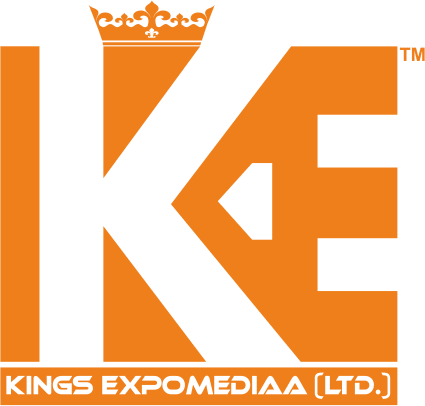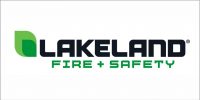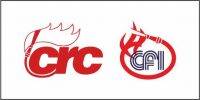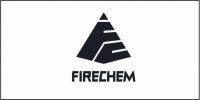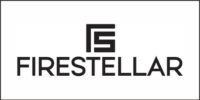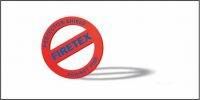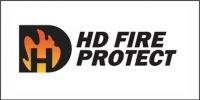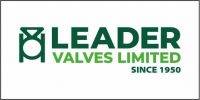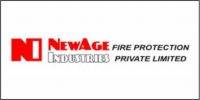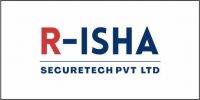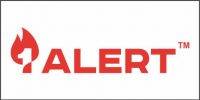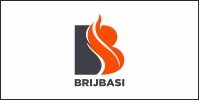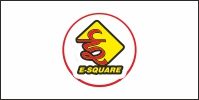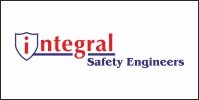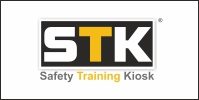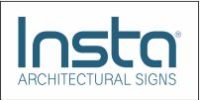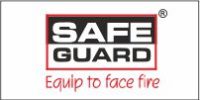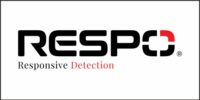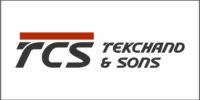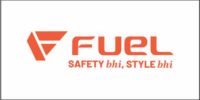 The “line of fire” is a fundamental workplace safety concept emphasizing the importance of avoiding positions where one is at risk from hazardous energy, moving objects, or equipment. It highlights scenarios where a lack of awareness or preventive measures can lead to serious injuries or fatalities.
The “line of fire” is a fundamental workplace safety concept emphasizing the importance of avoiding positions where one is at risk from hazardous energy, moving objects, or equipment. It highlights scenarios where a lack of awareness or preventive measures can lead to serious injuries or fatalities.
Key Examples of Line of Fire Hazards
- Proximity to Moving Machinery or Equipment:
Being near operational machinery or vehicles increases the risk of being struck, pinned, or entangled. Examples include forklift operations, conveyor systems, and rotating equipment.
- Working Under Suspended Loads:
Suspended loads, such as those held by cranes, hoists, or lifting mechanisms, can pose a severe danger if the load falls due to mechanical failure or improper securing.
- Exposure to High-Pressure Releases:
Scenarios involving pressurized systems, such as pipelines or hydraulic equipment, can lead to sudden bursts of energy, causing injuries from flying debris or the force of the release itself.
How to Stay Safe in the Line of Fire
Conduct Hazard Assessments:
Before commencing work, perform a thorough assessment to identify potential risks and mitigate them. This includes inspecting tools, machinery, and the work environment.
Use Proper Personal Protective Equipment (PPE):
Equip yourself with the appropriate PPE, such as hard hats, safety goggles, gloves, and steel-toe boots, to reduce injury risks.
Follow Procedures and Protocols:
Adhere strictly to standard operating procedures (SOPs), lockout/tagout practices, and other safety guidelines relevant to the task.
Maintain Situational Awareness:
Stay vigilant about your surroundings, monitor hazards, and maintain clear communication with team members to prevent accidental exposure to risks.
The Safety Mindset: Awareness and Prevention
Safety in the workplace begins with awareness and proactive measures. Avoid placing yourself or others in positions of danger by staying out of the line of fire and encouraging a culture of safety.
